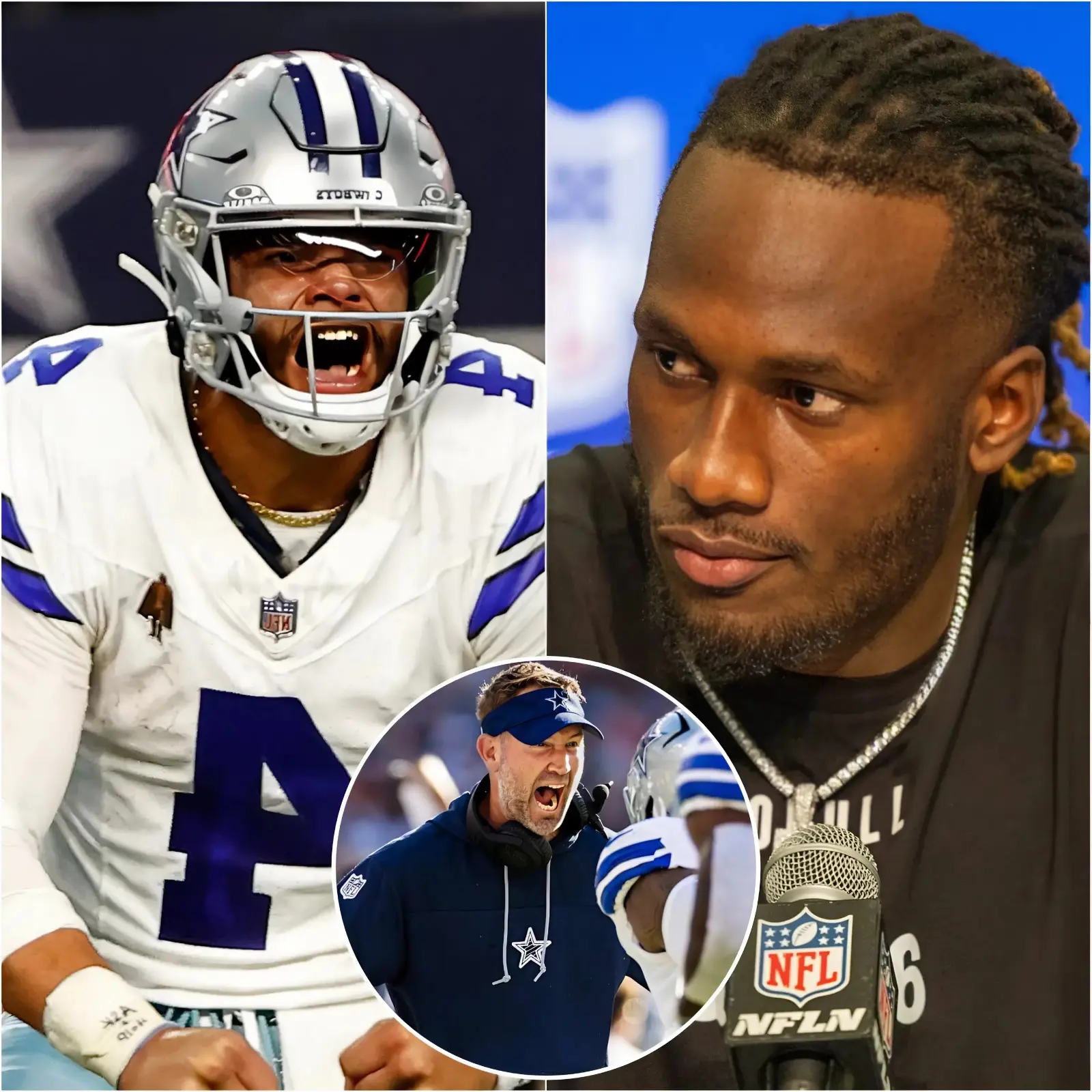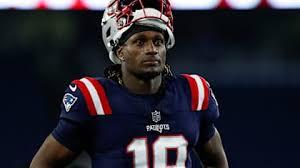The Dallas Cowboys entered the season with high expectations, driven by a mix of experienced players and emerging talent. The team’s strategy focused on balancing veteran leadership with fresh energy from younger athletes, aiming to dominate the league both offensively and defensively.

Quarterback Dak Prescott remained the cornerstone of the offense. His leadership and consistency have defined the team’s identity. Prescott’s ability to read defenses and make quick decisions under pressure makes him invaluable, providing both confidence to teammates and hope for fans seeking championship success.

Rookie Joe Milton III has shown promise as a backup quarterback. His talent and potential have generated excitement among coaches and analysts. While inexperienced, Milton demonstrates composure during practice sessions, suggesting that he could step up if needed and contribute meaningfully to the team’s performance.

The team’s coaching staff emphasizes communication and preparation. Meetings are held daily to review game film, analyze opponents’ tendencies, and develop strategies. This disciplined approach ensures players understand their responsibilities and adapt quickly to dynamic situations on the field.
Offensive coordinator tactics revolve around exploiting mismatches. Prescott’s mobility combined with versatile receivers creates opportunities for complex plays. Milton, as backup, practices similar schemes to maintain readiness and ensure continuity in case of injuries or sudden roster changes during the season.
Defensive schemes are equally critical. The Cowboys prioritize speed, awareness, and tactical flexibility. Defensive linemen and linebackers are trained to anticipate the quarterback’s moves, while defensive backs study opposing receivers’ routes meticulously, creating opportunities to intercept passes or disrupt offensive flow.
Team chemistry plays a major role. Veteran players mentor younger athletes, helping them navigate the physical and mental challenges of the league. Prescott often leads by example, setting high standards in practice, diet, and recovery routines, which younger players strive to emulate.
Injuries are always a concern. The coaching and medical staff work tirelessly to prevent setbacks through strength training, conditioning, and proper rehabilitation. Both Prescott and Milton follow personalized programs designed to maximize longevity and minimize risk during intense competition.
The offensive line acts as the backbone of the team. Protecting Prescott and opening running lanes are essential. Cohesion among linemen is carefully cultivated, with repeated drills and constant communication, ensuring that even under pressure, they maintain form and execute plays efficiently.
Fans remain intensely engaged. Social media buzzes with predictions, critiques, and excitement regarding quarterback performances. Prescott enjoys strong support, while Milton has steadily built a fan base intrigued by his potential. Their rivalry fuels discussions that extend beyond the stadium.
Press coverage adds pressure. Journalists analyze every throw, pass, and decision. Prescott’s consistency is praised, yet every misstep is scrutinized. Milton’s development is observed carefully, as pundits weigh whether he can eventually challenge for the starting role or serve as a reliable backup.
The season’s schedule presents challenges. Each week, opponents bring unique strengths and strategies. Coaches and players adjust practice routines to focus on upcoming matchups. Film sessions, tactical drills, and scenario planning ensure the team is prepared for both predictable and unexpected situations.
Locker room dynamics are critical. Prescott and Milton maintain mutual respect, understanding that competition motivates improvement. While both desire to contribute, they recognize teamwork is paramount, ensuring personal ambitions do not disrupt cohesion or morale among teammates.
Special teams often influence outcomes. Kickers, punters, and returners provide field position advantages that can decide close games. Both Prescott and Milton observe special teams drills, understanding how situational awareness can create scoring opportunities or prevent turnovers.
Community engagement is part of the organization’s identity. Players participate in local events, charity drives, and youth football programs. Prescott and Milton contribute their time, serving as role models and fostering goodwill between the team and its supporters, enhancing public perception and loyalty.
Milton’s preparation as a backup is meticulous. He studies film, practices plays repetitively, and participates in situational drills. His readiness ensures he can perform under pressure if called upon, giving the coaching staff confidence that the team remains competitive in every scenario.
Prescott’s leadership extends beyond physical performance. He mentors teammates in mental preparation, helping them cope with high-pressure situations. His approach emphasizes focus, discipline, and resilience, qualities that have historically distinguished elite quarterbacks in league history.
The team’s draft strategy balances immediate needs and long-term planning. Acquiring versatile players who can contribute quickly, while nurturing developmental talent, ensures sustained competitiveness. Prescott anchors the offense while Milton grows into a role that could shape the team’s future trajectory.
Analysts emphasize the importance of adaptability. Prescott excels at adjusting reads mid-play, while Milton is learning to anticipate defensive schemes. This combination provides the team with flexibility, ensuring that they can respond to unexpected challenges and maintain offensive momentum.
Practice intensity remains high. Every session simulates game conditions, demanding precision and endurance. Both quarterbacks push themselves to execute under fatigue, building mental toughness and refining their decision-making processes to excel during high-stakes moments.
Game-day rituals are closely observed. Prescott’s pre-game routines enhance focus, from warm-ups to team huddles. Milton observes and adapts, understanding that consistency and preparation are key to seizing opportunities when the moment arises, reinforcing the competitive environment.
Press conferences test communication skills. Prescott articulates strategy and team goals effectively, while Milton develops confidence in public speaking. Their media presence impacts public perception, sponsor relations, and overall team image, highlighting professionalism alongside athletic ability.
Analytics influence decision-making. Coaches and quarterbacks study data on opponent tendencies, player performance metrics, and situational probabilities. Prescott’s experience allows him to interpret this data in real time, while Milton applies it during practice, preparing for eventual game integration.
Fan interaction shapes team culture. Prescott engages with supporters on social media, community events, and public appearances. Milton gradually builds his presence, cultivating a following while learning the importance of maintaining composure, professionalism, and accessibility as public figures.
The season progresses with highs and lows. Prescott leads with consistency, while Milton gains experience and confidence. Both quarterbacks contribute to victories and learn from setbacks. Their combined efforts illustrate the balance between leadership and emerging talent within the Cowboys’ system.
Ultimately, the Cowboys’ success depends on cohesion. Prescott’s leadership, Milton’s potential, and the contributions of every player combine to define the team’s identity. Strategic planning, preparation, and adaptability position the team to compete at the highest level in every game.






